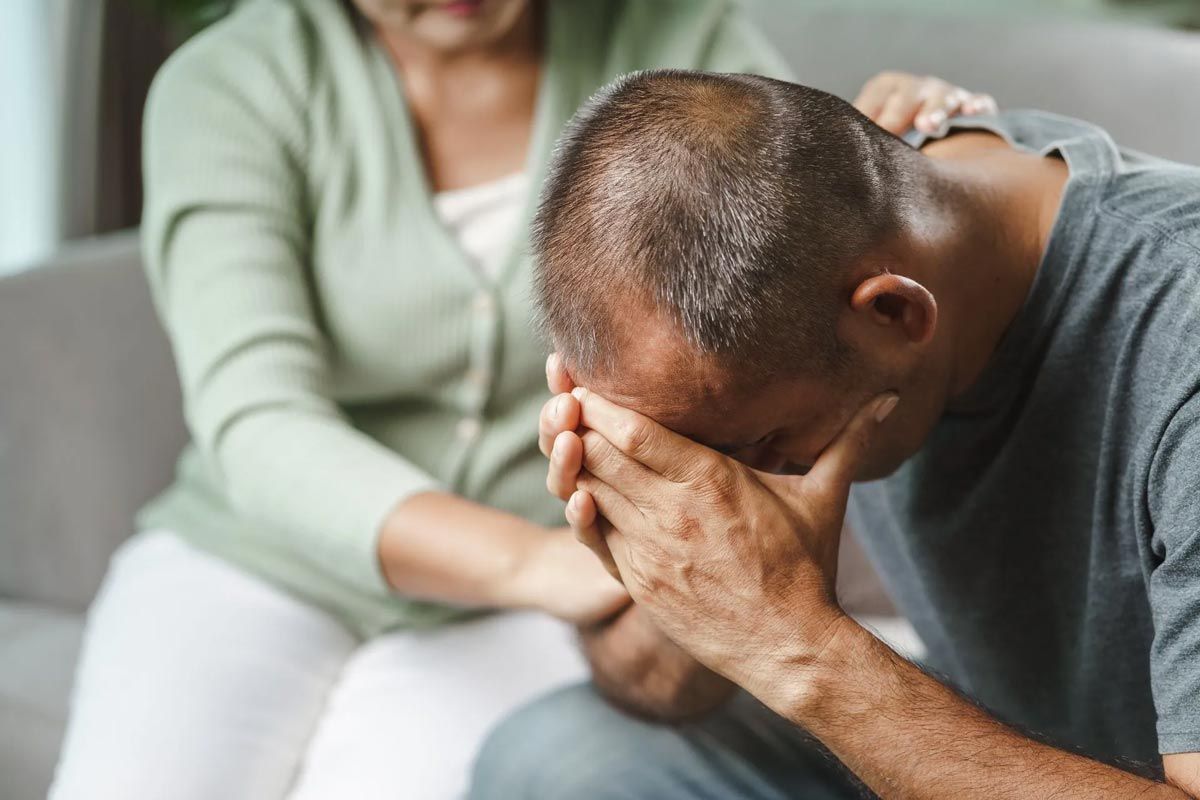Understanding the Impact of Urban Living on Mental Health
Urban environments like Miami, New York, and Austin are vibrant, diverse, and full of opportunities. Yet, for many residents, city living comes with unique mental health challenges. The constant hum of activity, the pressures of fast-paced lifestyles, and the complexity of social dynamics can create stressors that are not always present in quieter, rural areas. Understanding these challenges and learning how to cope is essential for anyone seeking to thrive in an urban setting.
The Stressors of City Life
Living in a bustling metropolis exposes individuals to a range of stressors that can impact mental well-being. One of the most significant is noise pollution. Cities are rarely quiet—traffic, construction, nightlife, and the sheer volume of people contribute to a constant background of noise. Research has shown that chronic exposure to noise pollution can increase the risk of anxiety, depression, and even cardiovascular disease. Excessive noise is a significant environmental health threat in urban areas, highlighting the need for strategies to manage this stressor.
Another aspect of urban living that affects mental health is the fast-paced lifestyle. City dwellers often juggle demanding work schedules, long commutes, and a continuous stream of social obligations. This can lead to chronic stress and burnout if not properly managed. People living in cities have a 21% increased risk of anxiety disorders and a 39% increased risk of mood disorders compared to those in rural areas. The constant rush and lack of downtime can make it difficult to recharge, ultimately impacting overall well-being.
Social dynamics in urban settings also present unique challenges. While cities offer countless opportunities to connect with others, they can paradoxically foster feelings of isolation and loneliness. The sheer number of people and transient nature of urban populations can make it difficult to form deep, lasting relationships. Feelings of anonymity and social fragmentation are common in large cities, contributing to stress and mental health concerns.
The Role of Urban Green Spaces
Despite these challenges, cities are also places of innovation and resilience. One of the most effective ways to counteract the mental health impacts of urban living is through access to green spaces. Parks, gardens, and tree-lined streets provide much-needed respite from the concrete jungle. Studies have consistently shown that spending time in nature can reduce stress, improve mood, and enhance cognitive function. People who walked in a natural environment reported lower levels of rumination and showed reduced neural activity in areas of the brain linked to mental illness.
In cities like Miami, New York, and Austin, urban planners are increasingly prioritizing the development of parks and green corridors. These spaces not only offer opportunities for physical activity and relaxation but also foster community connections. For residents, making regular visits to local parks or even incorporating plants into home and work environments can make a significant difference in mental well-being.
Coping Strategies for Urban Residents
Navigating the complexities of city life requires proactive strategies to maintain mental health. Mindfulness practices such as meditation and deep breathing exercises have been shown to reduce stress and increase resilience. Setting boundaries around work and personal time is also crucial—dedicating time for rest, hobbies, and social connections helps prevent burnout.
Building a strong support network is another key factor. While urban environments can feel isolating, they also offer a wealth of community resources. Joining local clubs, volunteering, or attending neighborhood events can help residents build meaningful relationships. Many cities also have mental health support groups and counseling services available to those who need them.
Sleep hygiene is particularly important in noisy urban environments. Using white noise machines, blackout curtains, or earplugs can improve sleep quality, which is closely linked to mental health. Regular physical activity, whether through walking, cycling, or group fitness classes, also plays a vital role in managing stress and promoting emotional well-being.
Community Resources and Support in Urban Areas
Cities like Miami, New York, and Austin are home to a wide range of mental health resources. From counseling centers to crisis hotlines and community wellness programs, support is available for those seeking help. Local organizations often provide workshops, therapy sessions, and peer support groups aimed at promoting mental health awareness and resilience.
Connecting with these resources can make a significant difference, whether you're seeking ongoing support or facing a temporary crisis. Many of these organizations also offer virtual services, making it easier than ever to get help when needed.
Taking Action: Prioritizing Mental Health in the City
Urban living presents both challenges and opportunities for mental health. By understanding the unique stressors of city life and taking intentional steps to address them, residents can not only cope but also thrive. Prioritizing self-care, making use of urban green spaces, and tapping into community resources are powerful ways to build resilience and maintain well-being.
If you or someone you know is struggling with mental health issues related to urban living, remember that help is available. At Vital Psych MD, we are committed to supporting your journey toward better mental health. Contact us today to connect with our team or explore our range of services designed to help you navigate the complexities of urban life.











